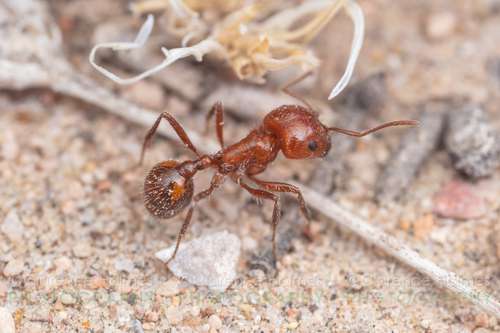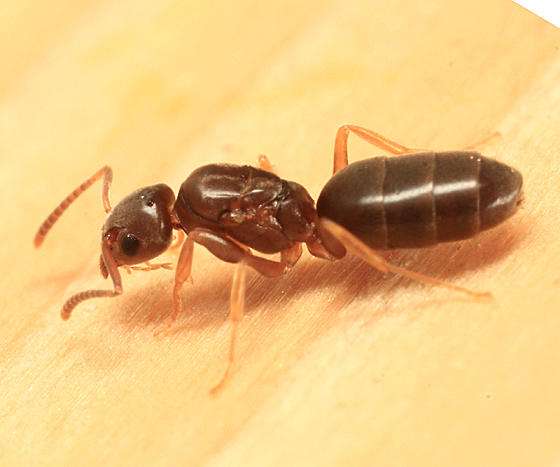
A subfamily of ants known as Myrmicinae has 140 extant taxa and a worldwide distribution. Pupae do not have cocoons. Some species still have working stingers. Based on the number of genera and species, this subfamily is the biggest in Australia. The smallest myrmicines are only approximately 1 mm long, while the largest can grow up to 10 mm. Although many species are generalist predators, some specialize in particular soft-bodied invertebrates like Collembola, and other species are significant seed gatherers.
Nests
The nests are permanent and can be found in trees, rotting wood, soil, or beneath stones. At all hours of the day and night, workers can be seen foraging, occasionally in huge groups. Nests can be found practically anywhere that is suitable, from deep in the ground to the tops of trees. Although some species can produce enormous nests with many thousands of workers, while others form extremely small nests with less than 50 individuals, colonies are typically small with a few hundred to a few thousand workers.
Identification
The pronotum is rigidly connected to the rest of the mesosoma, such that the promesonotal suture is faintly impressed or missing, and a functioning sting is typically present. This means that abdominal segment III is noticeably smaller than segment IV and set off from it by a well-developed constriction. The antennal sockets are well separated from the front margin of the head because the clypeus is highly developed. The frontal lobes of the majority of myrmicine taxa partially obscure the antennal insertions and have well-developed eyes.

Habitat
There are habitat myrmicines in all of the world’s major environments (except arctic and antarctic regions). With more than 6700 species, subspecies, and 155 genera, they are the ant subfamily with the most diversity. There are 38 genera and around 350 species in Australia. In Australia, eight of the genera are only found.
Food
This category includes the majority of food generalist foragers, seed collectors (Pogonomyrmex, Messor, many Pheidole), and fungus cultivators (Attini).
Table





